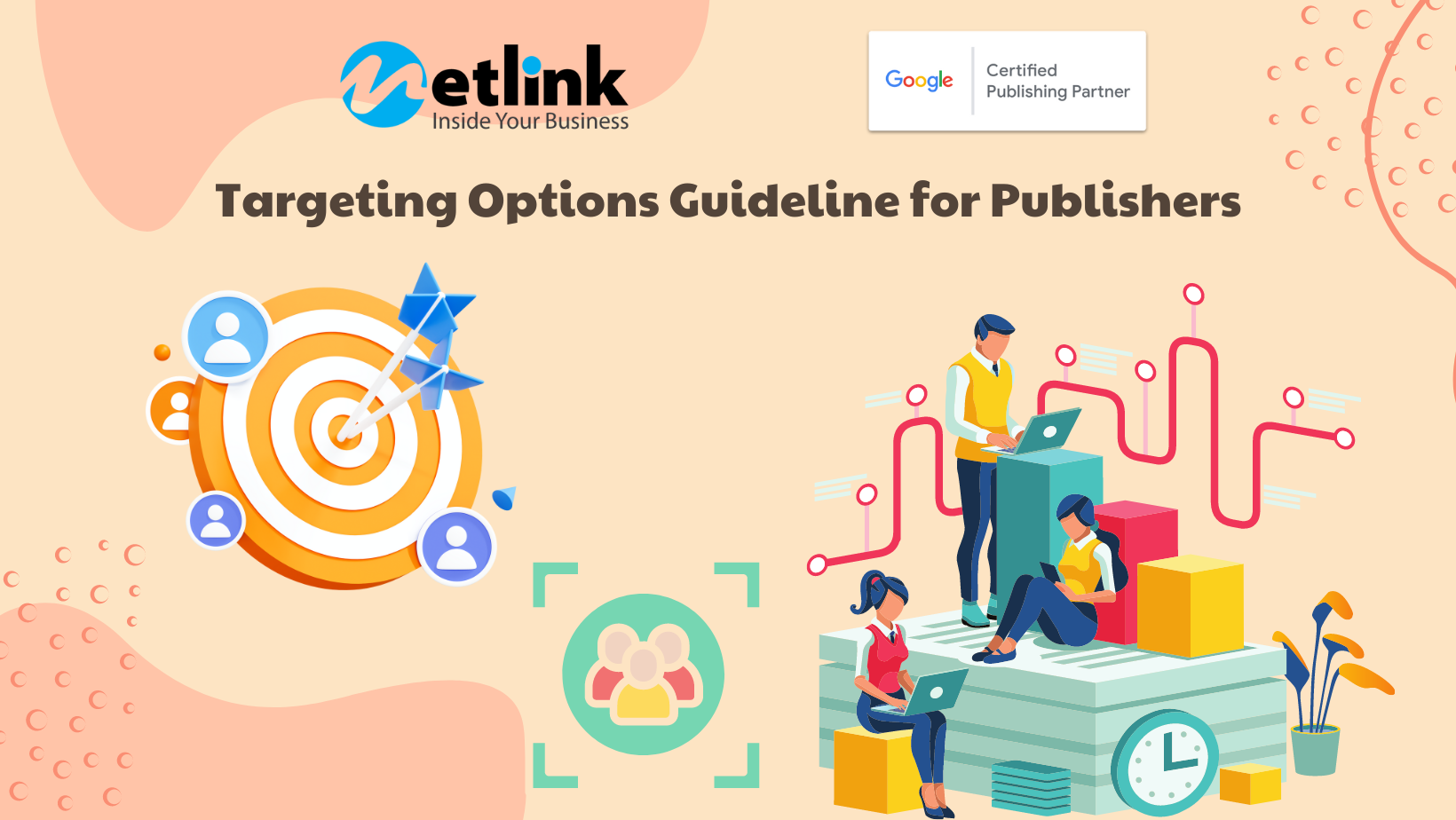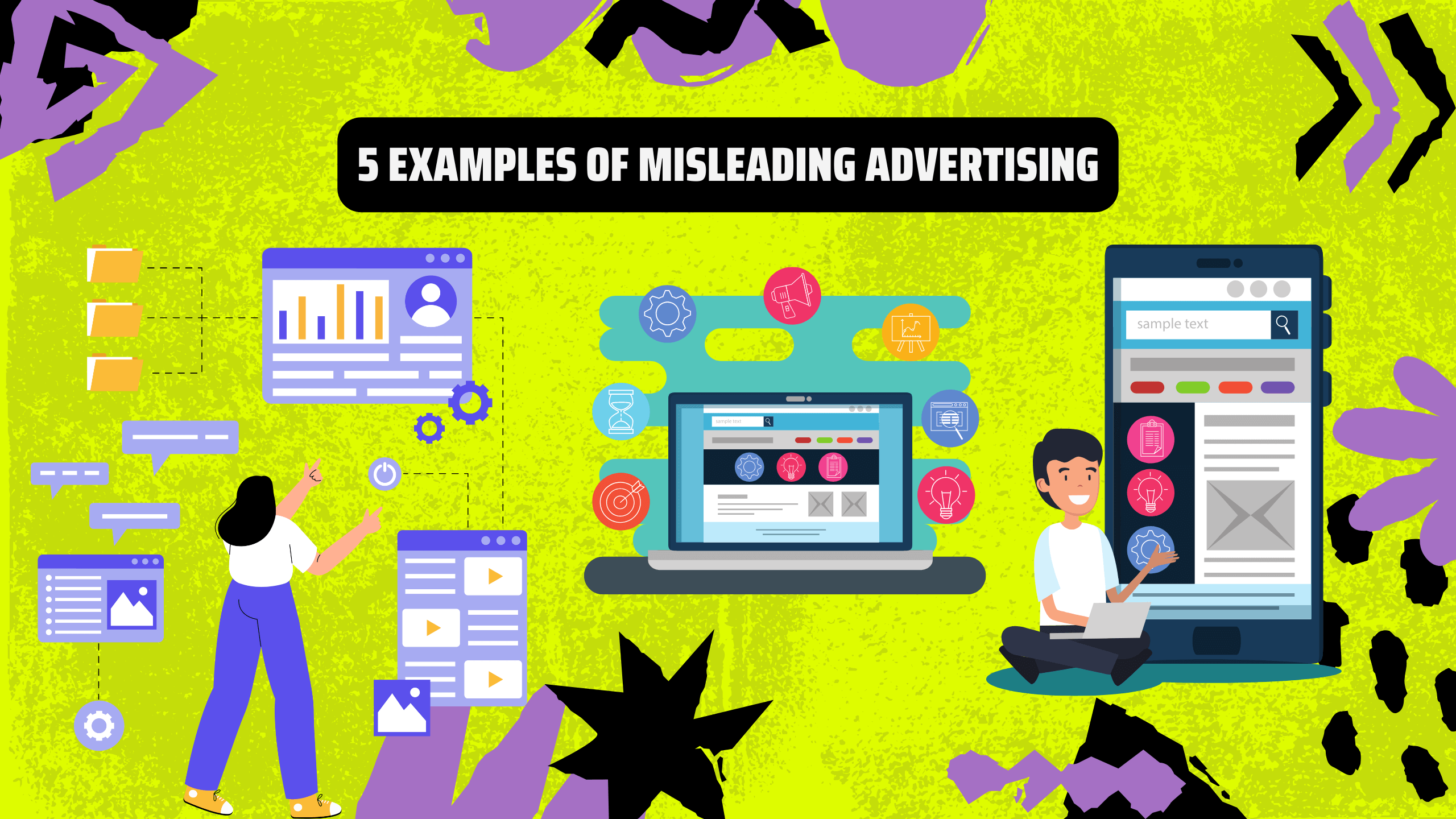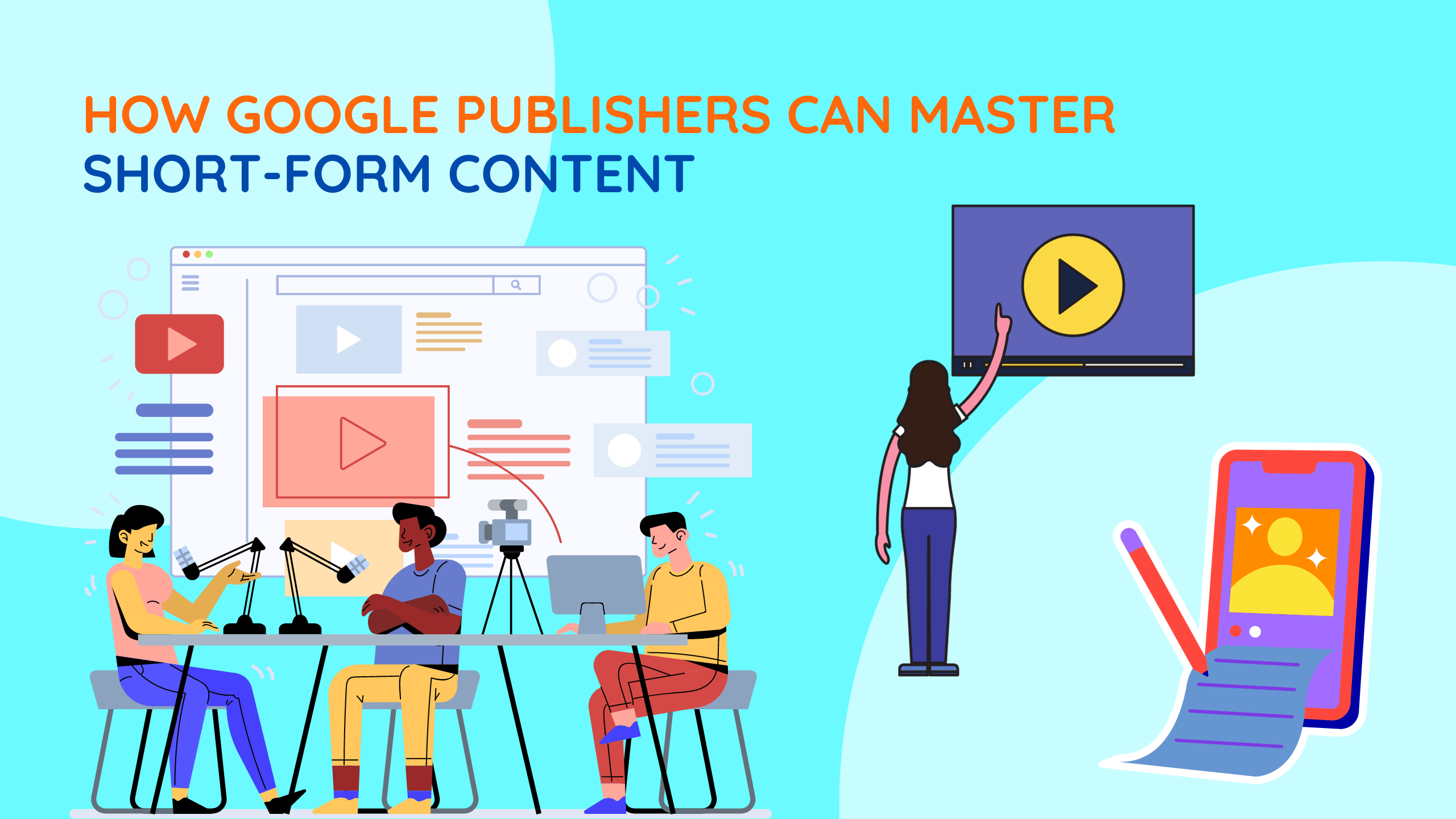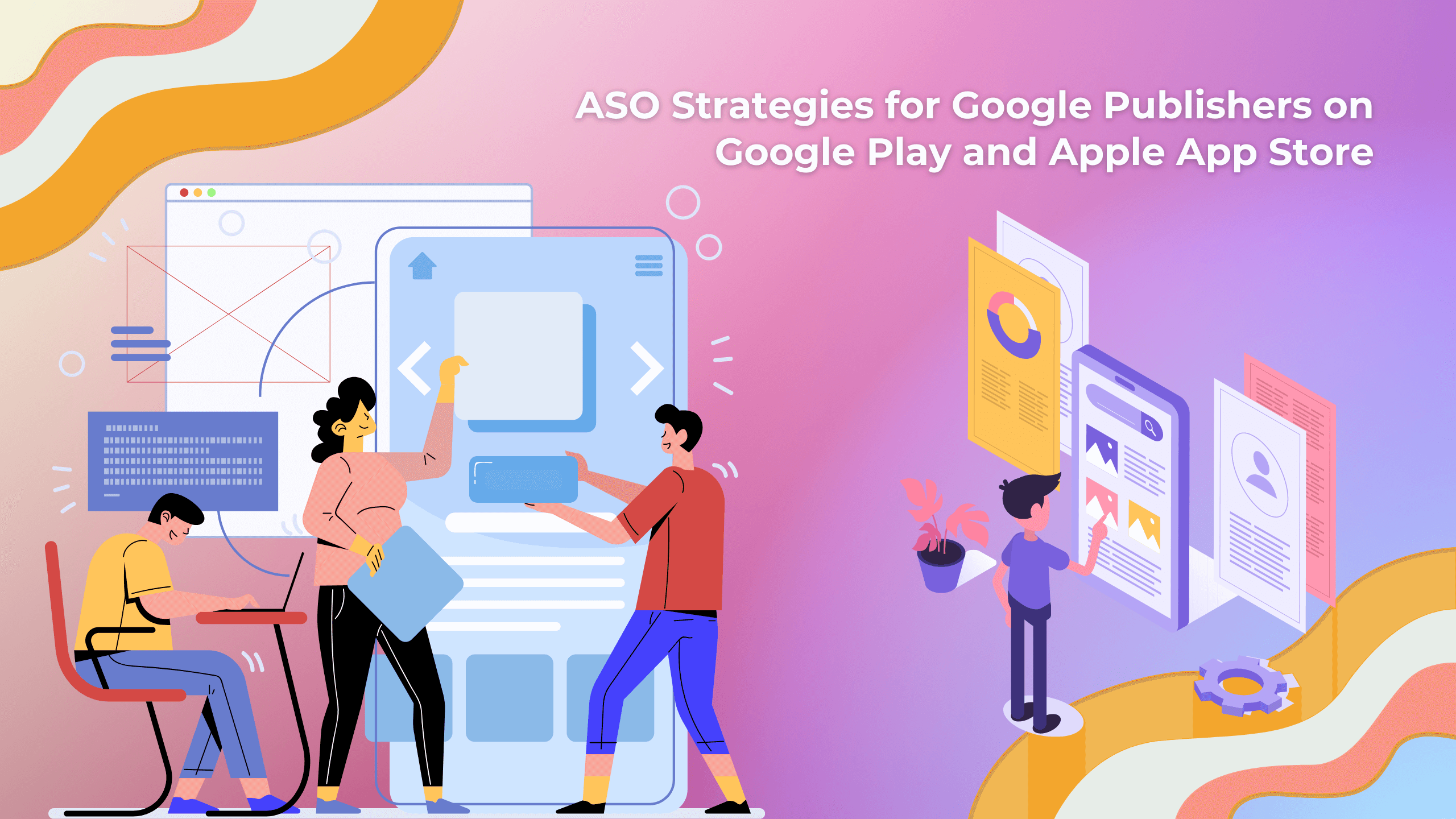As publishers navigate the digital advertising world, understanding effective targeting options is crucial for optimizing revenue and enhancing user experience. Google Ad Manager, AdExchange, AdMob, and AdSense offer a plethora of powerful targeting features that enable publishers to reach their desired audience precisely. In this comprehensive guide, we explore the various targeting options available across Google’s advertising products, providing actionable insights to help publishers unlock their full revenue potential and deliver tailored ad experiences.
I. Targeting Options in Google Ad Manager:
1. Geographic Targeting:
Reach audiences in specific locations or regions with precision by selecting geographical targeting options in Google Ad Manager. Publishers can target countries, states, cities, or even custom-defined areas.
2. Device Targeting:
Deliver ads exclusively to particular devices, such as desktops, tablets, or mobiles, based on user preferences, ensuring optimal ad visibility and performance.

3. Audience Segmentation:
Leverage audience lists, remarketing, or custom audience segments to target specific user groups, maximizing ad relevance and engagement.
II. Targeting Strategies in Google AdExchange:
1. Contextual Targeting:
Google AdExchange’s contextual targeting matches ads to relevant website content, providing an organic ad experience that resonates with users’ interests.
2. Keyword Targeting:
Publishers can specify keywords related to their content, ensuring ads align closely with the page’s subject matter for enhanced user engagement.
3. First-Party Data Targeting:
Utilize first-party data collected from user interactions on the website to target custom audience segments and deliver personalized ad experiences.
III. Targeting Capabilities in Google AdMob:
1. App Category Targeting:
AdMob enables publishers to target specific app categories, reaching audiences interested in particular types of apps and content.
2. Ad Format Targeting:
Tailor ad experiences by selecting specific ad formats to display within the app, enhancing user experience and driving higher engagement rates.

IV. Targeting Features in Google AdSense:
1. Contextual Targeting:
AdSense’s contextual targeting matches ads to the content of individual web pages, ensuring relevance and fostering a seamless ad experience.
2. Custom Channel Targeting:
Publishers can create custom channels to group ad units and target ads to specific sections of their website for targeted placements.
V. Maximizing Revenue with Advanced Targeting:
1. Dynamic Allocation:
Google Ad Manager’s dynamic allocation optimizes ad impressions by allowing multiple demand sources, including AdExchange and AdSense, to compete in real time, ensuring the highest-paying ad wins.
2. Header Bidding:
Header bidding enables publishers to solicit bids from multiple ad exchanges simultaneously, maximizing revenue potential and ensuring optimal ad fill rates.

Read more about Header Bidding.
VI. User Privacy and Targeting Compliance:
1. GDPR and CCPA Compliance:
Adhere to user privacy regulations, such as the General Data Protection Regulation (GDPR) and the California Consumer Privacy Act (CCPA), when implementing targeting options, respecting user consent and preferences.
VII. Improving Ad Relevance with Targeting:
2. A/B Testing:
Experiment with different targeting options, ad formats, and placements through A/B testing to identify the most effective combination for improved ad relevance and user engagement.
VIII. The Future of Targeting in Digital Advertising:
Contextual Intelligence: Advancements in contextual intelligence and machine learning will enable publishers to deliver even more relevant and personalized ad experiences to users.
IX. Conclusion:
Targeting options across Google Ad Manager, AdExchange, AdMob, and AdSense empower publishers to maximize their revenue potential, provide relevant ad experiences, and foster user engagement. By leveraging precise targeting strategies, publishers can deliver tailored ads that resonate with their audience, optimizing both revenue and user experience in the ever-evolving world of digital advertising. Stay ahead of the curve by harnessing the full potential of targeting options and creating a win-win situation for publishers, advertisers, and users alike.











